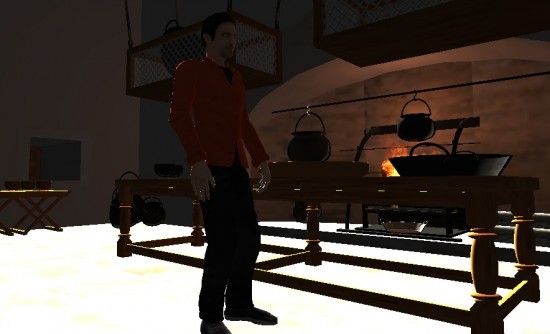Two major players in the OpenSim community have recently joined ReactionGrid in promoting the Unity 3D platform.
In addition to ReactionGrid’s Jibe environment, we now also have Second Learning’s Unifier environment, and a product from Tipodean to convert OpenSim regions to Unity scenes.
Jibe starts at $50 a month, Unifier at $40 a month, and Tipodean’s conversion is a one-time fee starting at $2,000 for the first region — subsequent conversions cost less.

Here are four reasons why it might be worth investing in the move:
1. Unity 3D is great for end users. It’s simple to install, requiring just the Unity 3D plugin — and 67 million people already have it on their computers. You give them the URL of the world, they load it up in their browser, and they’re in. Some 500,000 companies are already using Unity, including  Coca-Cola, Disney, Electronic Arts, LEGO, Microsoft, NASA, Nickelodeon, Ubisoft, US Army, and Warner Bros. Check out some Unity 3D games here.
2. It’s simple to use. There are no confusing menus or keyboard commands or other distractions.  They can walk. They can talk. They can sit. They can text chat. The objects can be animated and interactive. What else is needed?
3. If your company is running a simple environment — say, offering a virtual tour of your new office building or museum — and don’t need a full-featured multi-user virtual world platform, then you can just embed the Unity 3D player on your own website, just as you would upload and embed a photo or video. The basic license is free, and gives you a lot of functionality — the pro license is a flat $1,500, no annual fees. An unlimited number of users can stop by and access the environment — Â as many as your Website can handle. There is even a simple multi-user option when one user can invite others into their scene.
4. For a fully-featured multi-user virtual world platform both Jibe and Unifier offer responsive and easy to use environments.
5. Everything is mesh-based right from the start. Objects and animations are more realistic — and there is a wealth of material available, both free and commercial, in the form of mesh.
 Bonus reason: For an extra $400, Unity 3D lets you publish your 3D environments to the iPhone, iPad, and Android devices if you’re running the scene on your own. (If you’re using Jibe or Unifier, check with the vendor to find out when support for mobile devices becomes available.) ReactionGrid, for example, says that “Jibe is definitely on the way to mobile devices.”
- OSgrid back online after extended maintenance - April 16, 2025
- Analysts predict drop in headset sales this year - March 25, 2025
- OSgrid enters immediate long-term maintenance - March 5, 2025
